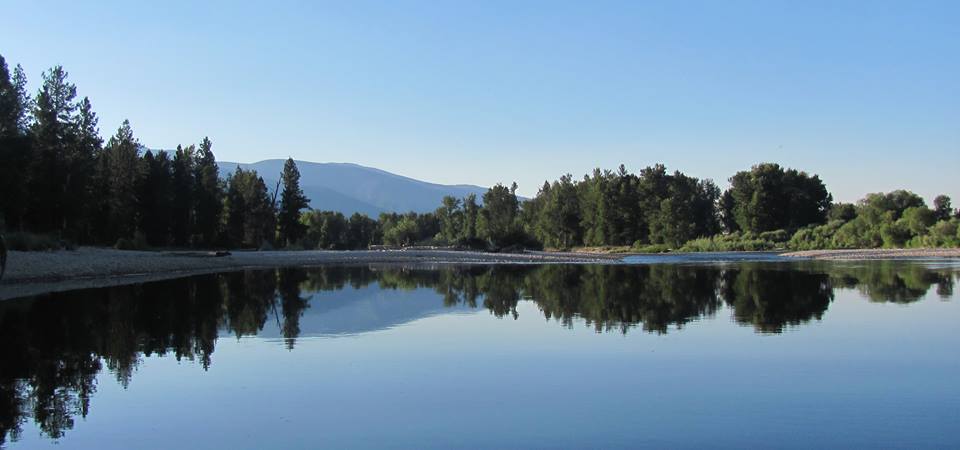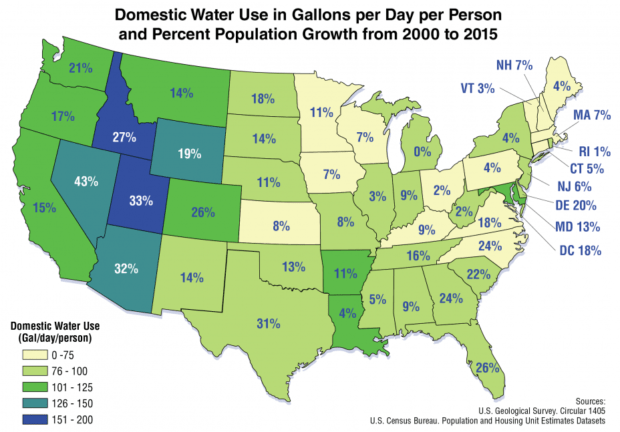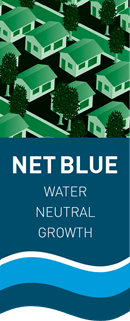We have much more to do and your continued support is needed now more than ever.
Protecting Water for Wildlife
New tool provides communities options for "water-neutral" growth

In the late summer, western rivers get “skinny”–depleted by longstanding diversions for irrigation and municipal demands, and exacerbated by changes in mountain snowpack and warmer temperatures due to climate change. In Montana, we’re increasingly seeing restrictions on fishing hours and even stream closures to reduce pressures on stressed fish.
An assessment prepared for the Montana Wildlife Federation reported that projected temperature increases could reduce Montana’s trout habitat by one-half, with far more significant impacts on particular species such as the threatened bull trout.
At the same time, western urban areas are among the fastest-growing in the country, with newcomers drawn by access to public lands, rivers and quality of life. On its face, this sounds like a disaster in the works. Growing populations mean more water consumption, and less water for fish and wildlife–right? Perhaps surprisingly, the answer may be “no.” New planning tools combined with expanding options for water conservation can make it possible for development to offset projected net increase in water use, even leading to stream or groundwater replenishment.

Faced with water scarcity in the face of growing demands, over the past decade several communities in New Mexico, California, Washington and Massachusetts required developers to provide water efficiency retrofits (like replacing old inefficient toilets and washing machines in existing buildings with new high-efficiency ones) to equal or exceed the additional demand of new development or redevelopment–both residential and commercial.
By choosing to adopt these “water-neutral” strategies, communities can stretch their water supplies, decrease the need for new infrastructure, and help ensure continued availability of water for fish, wildlife and recreation. Combined with innovative market-based water transactions to enhance streamflows, communities can grow sustainably and ensure long-term health for rivers and riparian habitat.
Seeing the promise in this approach, a coalition of land-use and water experts spent the past couple of years developing and testing a model ordinance that communities can tailor and customize to create a water demand offset approach that meets local needs.
Net Blue, a collaborative initiative of the Alliance for Water Efficiency, the Environmental Law Institute, and River Network, consulted with outside groups (including the National Wildlife Federation) and communities throughout the United States in the development of a model ordinance and offset components to meet regional concerns, and to ensure that the program is adaptable to many different political climates, legal frameworks, and environmental challenges.
The Net Blue Ordinance Toolkit is a powerful online resource available to any community interested in exploring water-neutral growth options. A dynamic worksheet leads a user through the sections of the model ordinance, flagging decision points to develop a final product that addresses community-specific challenges and circumstances. Net Blue also offers technical materials to support the development and calculation of water offsets.
This toolkit provides practical assistance to western communities where water scarcity is part of the landscape. But this approach is equally useful to urban areas with relative water abundance. Staying on top of water demand is an important part of a larger strategy of ensuring thriving populations of fish and wildlife for future generations.
If you’d like to learn more and share this valuable new resource with your community, visit the Net Blue website and participate in the free webinar (see sidebar) on Sep. 13!






















